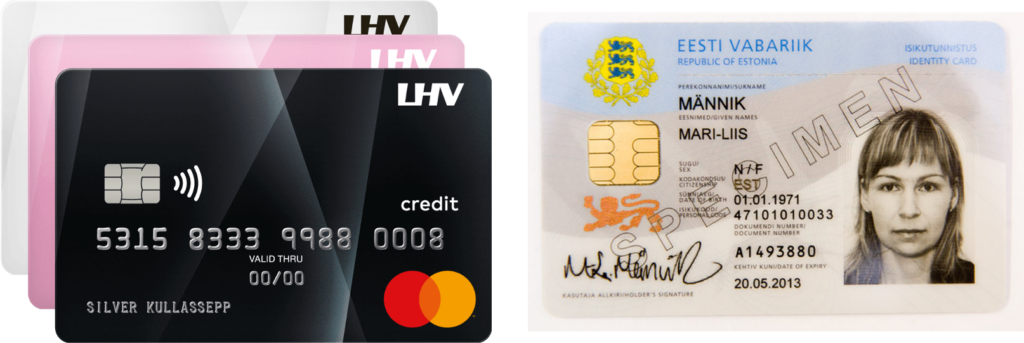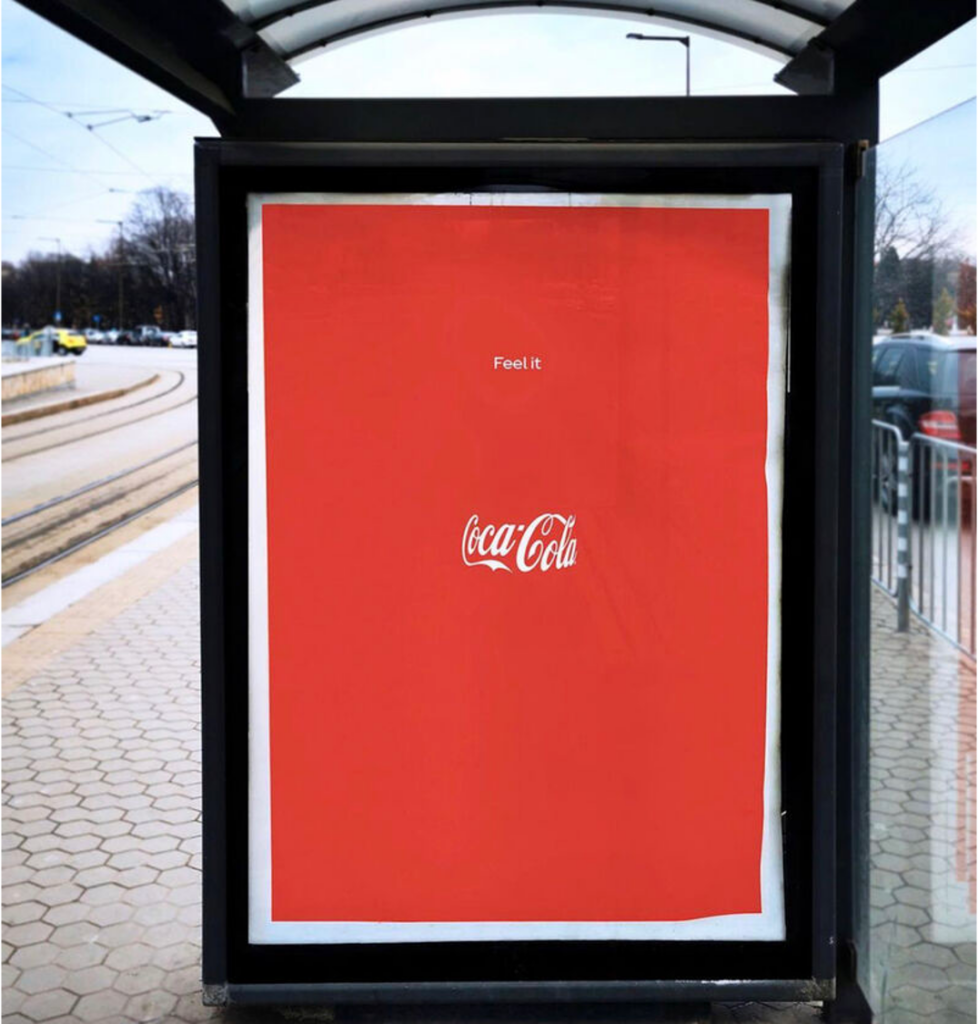We live in a printed world. We are unaware of this and often don’t even notice it in our daily lives.
Yet when we want to add some milk to our coffee, we reach for a carton that has MILK printed on it. Your ID card or bank card? There is important information printed on them in order to clearly distinguish between us.
There are huge billboards on the side of the road that tell us about new products, discounts that are available or inviting us to take care of our health and those of others. We still love to read books that offer up a full experience: cover design, binding and paper. Digital solutions and apps have made our everyday lives much more convenient, but even a smartphone has some printed details. These are just a few examples of our printed world. 
Digital media and print media are now clearly differentiated, and preferring an appropriate channel comes with its own positive aspects: the manufacturing of low-value publications decreases, and printed advertisements go with premium products, emphasising quality, generating interest, providing a thrilling experience and adding value to the product. Those cheap flyers and catalogues used by shops that usually end up in a nearby waste paper container should be a thing of the past. In the future, personalisation will be their most significant aspect: they will reflect offers based on a client’s purchase preferences.
Printed material should not compete with social media or the 24-hour news cycle, but carry more relevant information and create more long-term value. The magazines Edasi and Autogeenius are two great examples of the re-introduction of print media – in addition to their digital platform, they also have a printed magazine, because they want to offer their readers a longer and more enjoyable reading experience.
 “Paper corrects the mistakes of the Internet,” says Tarmo Tähepõld, editor-in-chief of Autogeenius, adding that “the Internet has a big problem – every story is there forever, but will only get attention for about five minutes, after which it just sinks into the sea of information. A magazine gives people the chance to slow down and thoroughly enjoy it. You find the ideal time for you to read it. Messenger doesn’t flash away at you in another window, there isn’t another work e-mail in the corner of your screen and the latest news story isn’t being forced on you. Reading something on paper is like a cosy dinner out at a great jazz bar. Nobody is in a rush, and everything plays out at a nice pace throughout the evening. If you can’t get through everything immediately, you take a small break, put your fork down and just listen to the band playing on stage. You can then start nibbling away again at your leisure.”
“Paper corrects the mistakes of the Internet,” says Tarmo Tähepõld, editor-in-chief of Autogeenius, adding that “the Internet has a big problem – every story is there forever, but will only get attention for about five minutes, after which it just sinks into the sea of information. A magazine gives people the chance to slow down and thoroughly enjoy it. You find the ideal time for you to read it. Messenger doesn’t flash away at you in another window, there isn’t another work e-mail in the corner of your screen and the latest news story isn’t being forced on you. Reading something on paper is like a cosy dinner out at a great jazz bar. Nobody is in a rush, and everything plays out at a nice pace throughout the evening. If you can’t get through everything immediately, you take a small break, put your fork down and just listen to the band playing on stage. You can then start nibbling away again at your leisure.”
We live in a printed world!
Katre Savi
Chief Executive at Association of Estonian Printing and Packaging Industry
